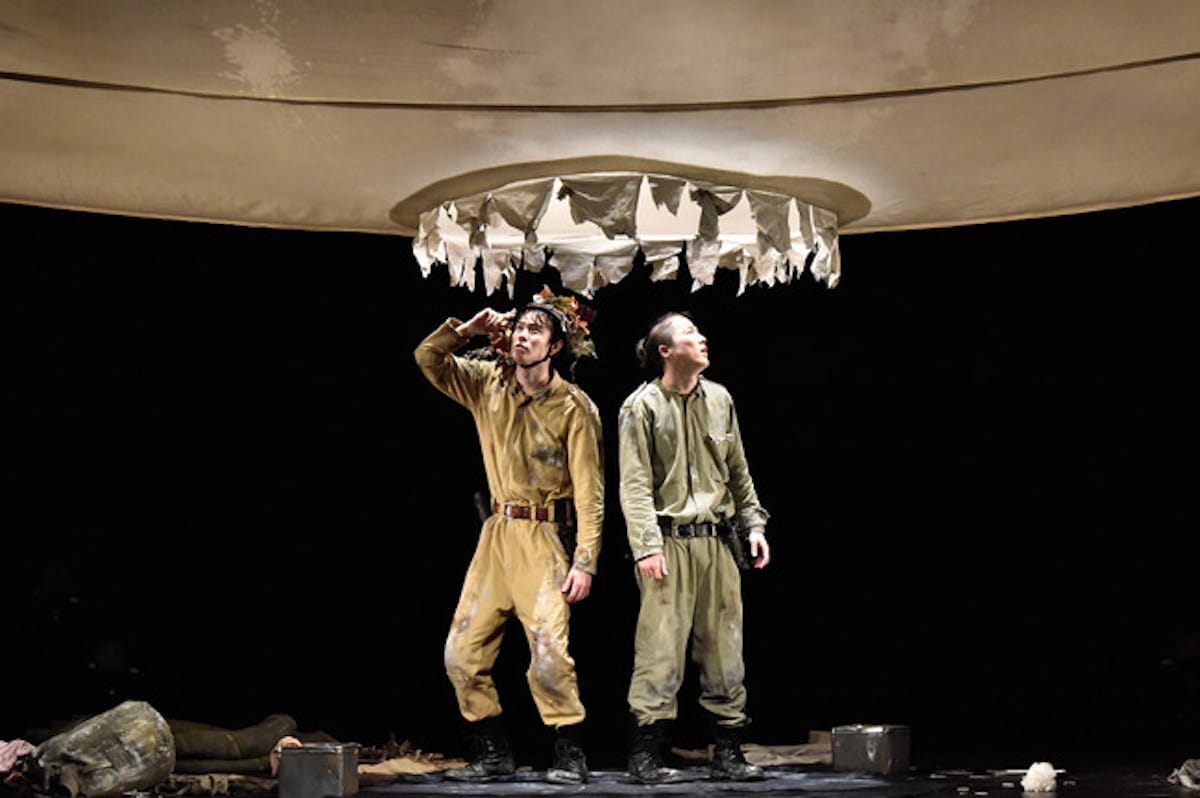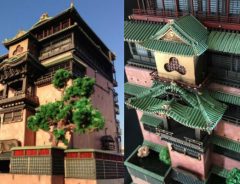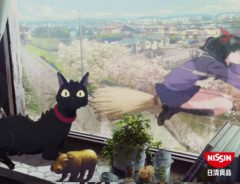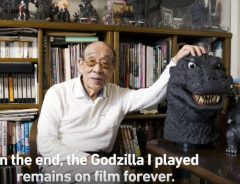
Source: © PR Times, Inc. | A still from Theatre for All’s first online broadcast, "My Hole, His Hole, the Enemy"
Theatre for All: Japan’s first multilingual barrier-free online stage for theatre, dance, film & media art
- Tags:
- barrier-free / Dance / Film / media art / multilingual / online theater / Performance / Theater
Related Article
-

The New ‘One Piece’ Movie Has Grossed Over 15 Billion Yen – Behind the Scenes of Its Success
-

Japanese Model Artist’s Amazingly Detailed Recreation Of Spirited Away’s Bath House
-

No Face Soy Sauce Bottle And Rice Paddle Are Here To Spirit Your Cooking Away
-

Studio Ghibli’s Kiki Returns As 17-Year-Old Schoolgirl For Cup Noodle Commercial
-

The First Godzilla: Interview With The First Godzilla Actor, Haruo Nakajima
-

Yokohama’s SEASIDE CINEMA 2022 screening Evangelion, Spider-Man and more this Golden Week


With the spread of the new coronavirus infection, conventional theatre performances have become practically impossible. Whilst this has created a crisis for Japan’s theatres, it has also created opportunities for video artists, who are filming theatrical performances and artistic happenings and taking them to new audiences online.
Theatre for All is Japan's first online, barrier-free, multi-lingual theatre. It has just announced its opening schedule of events. Theatre for All allows the public to experience the theatre online and creates a place where artists can interact with their audience and vice versa, making each and every work more enjoyable.
It provides Japanese language subtitles, audio guides and sign language interpreters for theatre, dance, movies, and media art. Many of its productions are also broadcast with multilingual subtitles.
© PR Times, Inc.
The crisis in the arts engendered by the pandemic has also given fresh impetus to a movement to make the arts more accessible for everyone.
The idea behind Theatre for All is to make it easier for people who have difficulty going out due to the coronavirus, people with disabilities or illnesses, children, people whose mother tongue is not Japanese and the hearing impaired to access the arts.
To watch a Theatre for All production online, you first have to become a member. You pay a fee to view the works, which varies from ¥800 to ¥3000, although some performances are free to watch.
A still from the video, Night Walk | © PR Times, Inc.
Theatre for All has just announced its first five online broadcasts. The first is a play called "My Hole, His Hole, the Enemy," which is based on an original play by David Cali. Directed by Seiji Nozoe, it tells the story of a man fighting an invisible enemy in a trench, a scenario with particular resonance now that the world is fighting the coronavirus. Hio Miyazawa and Sasuke Otsuru star in a spirited performance. An audio guide is available and there are Japanese language subtitles. For more details see here.
Next up are two works based on the same concept, "Eraser Mountain" and "Eraser Forest" (the former is the movie version, while the latter was created to be screened in museums). In this play, the ‘sculpture space’ created by artist Teppei Kinji is united with live performances, and the techniques of ‘video theatre.’ What is a play that goes beyond the human scale? People, things, time, space, and words appear in unknown ways.
Teppei Kinji is known for collecting everyday things and creating works using collage-like techniques. The performance features a wide variety of forms of expression such as sculpture, painting, video and photography.
Chelfitsch, the theatre company behind these two works was established in 1997 by Toshiki Okada “to examine the unique relationship between words and the body, turning the sloppy and noisy physicality of daily life into dance.” Chelfitsch has attracted a lot of attention at home and abroad as one of Japan’s leading contemporary theatre companies. Japanese and English language subtitles are available. For more details, see here.
The third offering is Night Walk, a video by theatre group Side Core, who started out in 2012, inspired by street culture and determined to “create noise in the landscape.” They hold exhibitions in art galleries, but also organise night walks to explore the city. Their projects “aim to change perspectives on public space and expand expression and behaviour.”
Starting from the Watarium Art Museum, where the Living Tokyo exhibition is being held, Night Walk takes viewers through various artistic happenings on the way to Shibuya Station. Japanese, English and Chinese subtitles are available. For more details, see here.
The next performance is "Nowhere," by dancer/ choreographer Nagama Yuasa, in collaboration with planetarium creator Takayuki Ohira and dancer/ choreographer Mariko Kakizaki. After working for the Netherlands Dance Theater for 11 years, Nagama Yuasa returned to Japan, where she has worked with Rei Watanabe and Kenta Kojiri. She is the winner of the 13th Japan Dance Forum Award. See here.
Dancer Nagama Yuasa | © PR Times, Inc.
Last up is Takashi Nishihara’s documentary I'm Going to Go, an intimate portrait of the daily lives of people who are blind and deaf. It will be screened alongside a second documentary that looks at how blind and deaf people have risen to the challenge of the coronavirus pandemic. There is an audio guide available in Japanese and English, and subtitles in Japanese, English and Korean. For more details, see here.
© PR Times, Inc.
Theatre for All’s first offering, "My Hole, His Hole, the Enemy," is due to go online on February 5th, 2021. Over the following month, they plan to make a further 30 video works with barrier-free support and about 30 learning programs available. To find out more about Theatre for All and their programme, see here.